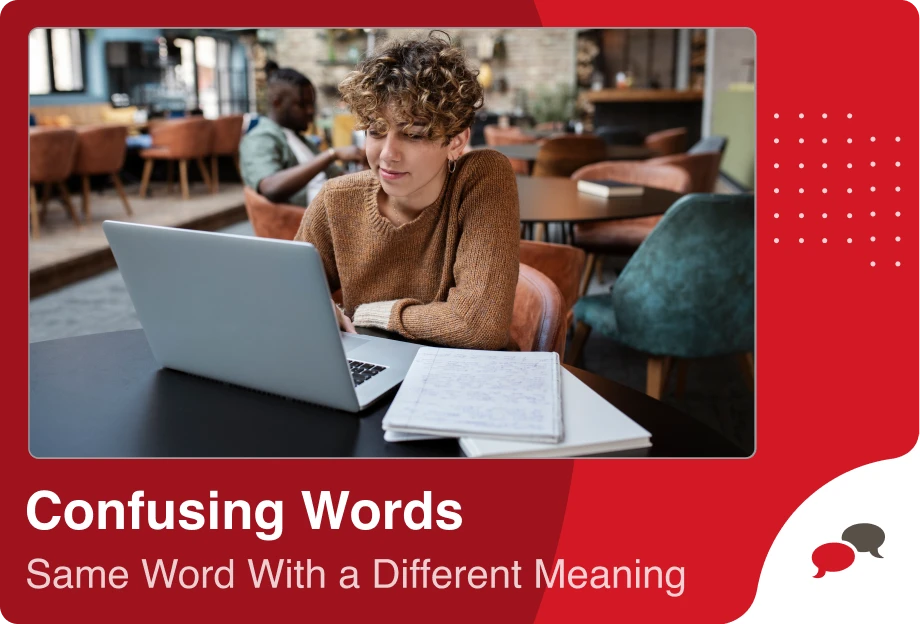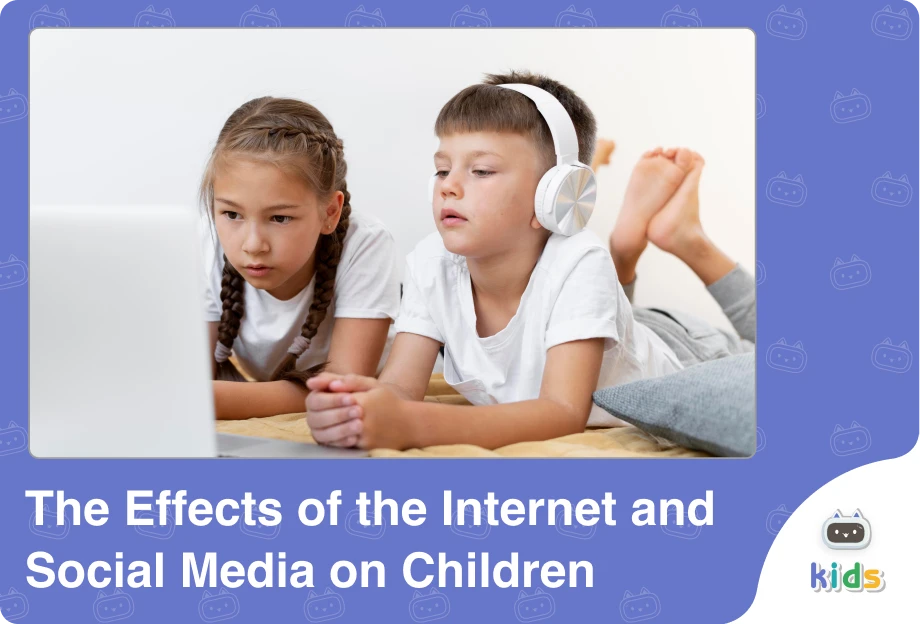Raising bilingual children can be a rewarding challenge, and one effective strategy to achieve this is the One Person, One Language (OPOL) method. This approach involves each parent consistently speaking a different language to the child. By doing so, children can naturally acquire both languages simultaneously, enhancing their cognitive abilities and cultural understanding. The OPOL method not only promotes language proficiency but also helps children develop a strong foundation in both languages from an early age.
What method should I apply when teaching my child a foreign language?
When teaching your child a foreign language, consider the following methods to find the one that best suits your family’s needs:
1. OPOL (One Person, One Language)
Description: Each parent or caregiver speaks a different language to the child consistently.
Benefits:
-Helps children differentiate between languages and provides consistent exposure.
-OPOL (One Person, One Language) encourages children to develop strong linguistic skills in each spoken language, promoting fluency and comprehension.
-This approach helps children to naturally and consistently differentiate between languages, enhancing their cognitive abilities related to language acquisition.
2. Minority Language at Home (MLAH)
Description: The family speaks the minority language at home, while the child learns the majority language in the community or school.
Benefits:
-Ensures a strong foundation in the minority language.
-MLAH helps children maintain a deep connection to their cultural roots and heritage through the continued use and appreciation of the minority language at home.
-By learning the majority language in the community or school and the minority language at home, children gain proficiency in both languages, enhancing their overall language skills and cognitive flexibility.
3. Time and Place
Description: Specific times or places are designated for speaking each language.
Benefits:
-Provides structured language exposure and context-based learning.
-Time and Place strategies enable children to learn to use each language appropriately in different settings, such as using the community language at school and the home language at home.
-By designating specific times or places for each language, this approach helps ensure ongoing language proficiency and prevents language attrition in both languages over time.
4. Immersion
Description: The child is placed in an environment where the target language is predominantly spoken.
Benefits:
-Encourages natural language acquisition and cultural immersion.
-Immersion exposes children to the target language in real-life contexts, leading to quicker and more natural language acquisition and fluency.
-Being immersed in the language also provides children with a deeper understanding and appreciation of the culture associated with the target language, fostering cultural sensitivity and empathy.
5. Bilingual Schools or Programs
Description: Enroll the child in a bilingual school or program where instruction is given in both languages.
Benefits:
-Provides formal education in both languages, often with a balanced curriculum.
-Bilingual schools or programs enhance cognitive abilities such as problem-solving and multitasking due to constant mental switching between languages.
-Education in bilingual environments prepares children for global opportunities by equipping them with proficiency in multiple languages, enhancing their competitiveness in the international job market.
Tips for Success
Choosing the right method for your family’s language journey depends on factors such as your background, available resources, and goals for your child’s linguistic development. Whichever approach you select, consistency is key to reinforcing language learning effectively. Engaging your child with songs, books, games, and everyday conversations can make the learning experience enjoyable and effective. Remember that language acquisition takes time; maintaining patience and providing support throughout the gradual process will contribute significantly to your child’s language proficiency and overall development.
What is the OPOL method?
The OPOL (One Person, One Language) method is a strategy for raising bilingual or multilingual children. In this method, each parent or caregiver consistently speaks a different language to the child. This helps the child to differentiate between the languages and learn both simultaneously.
Key Features of OPOL
Consistent Language Use: Each parent or caregiver speaks only one language to the child. For example, one parent might always speak English, while the other always speaks Spanish.
Natural Learning Environment: The child learns each language in a natural context, hearing and using it in daily interactions.
Balanced Exposure: The child receives regular and balanced exposure to both languages, promoting proficiency in both.
Challenges and Tips
Consistency: Maintaining strict language boundaries can be challenging. It’s essential for each parent to consistently stick to their language.
Extended Family and Community: Involvement of extended family members and the community can support the OPOL method by providing additional language exposure.
Resources: Use books, songs, games, and other resources in both languages to reinforce learning and make it enjoyable.
What are the benefits of the OPOL method?
The OPOL (One Person, One Language) method offers several significant benefits for children learning two languages:
1. Clear Language Boundaries
Reduces Confusion: By having each parent speak only one language, children can more easily distinguish between the two languages, reducing the likelihood of mixing them.
2. Strong Language Skills
Proficiency: Consistent exposure to each language helps children develop strong skills in both languages, as they receive ample input from fluent speakers.
Correct Usage: Children learn proper grammar, vocabulary, and pronunciation directly from their parents, who model correct language use.
3. Balanced Exposure
Equal Opportunity: The child receives regular, balanced exposure to both languages, promoting bilingualism without favoring one language over the other.
4. Cognitive Benefits
Enhanced Cognitive Abilities: Bilingual children often show improved cognitive flexibility, problem-solving skills, and multitasking abilities due to their ability to switch between languages.
Better Executive Function: Managing two languages can strengthen executive function skills, including attention control, working memory, and cognitive flexibility.
5. Cultural Connection
Cultural Awareness: Each language often comes with its own cultural context. The OPOL method helps children connect with both cultures, fostering a broader understanding and appreciation of their heritage.
Identity: Bilingualism can contribute to a child’s sense of identity, allowing them to feel a connection to both linguistic and cultural backgrounds.
6. Social and Emotional Benefits
Family Bonds: The OPOL method can strengthen family bonds, as children communicate with each parent in their respective languages, fostering closer relationships.
Social Advantages: Bilingualism can open up social opportunities, allowing children to communicate with a wider range of people and navigate diverse environments more effectively.
7. Long-term Academic and Career Opportunities
Academic Success: Bilingual children often perform better academically, especially in language-related subjects. They also tend to have better overall academic outcomes.
Career Advantages: Bilingualism is a valuable skill in the global job market, opening up more career opportunities and potential for higher earnings
Frequently Asked Questions About OPOL Method
Can the OPOL method be used in multilingual families?
Yes, the OPOL method can be adapted for multilingual families by designating specific languages for each parent or caregiver. It might require more coordination and consistency, but it can be an effective way to manage multiple languages.
When should we start using the OPOL method?
The earlier, the better. Starting from birth or as early as possible allows the child to naturally acquire both languages. However, it’s never too late to start; even older children can benefit from the OPOL method with consistent exposure and practice.
Can the OPOL method cause language delay?
Research shows that bilingualism does not cause language delays. While bilingual children might take a bit longer to reach certain language milestones compared to monolingual children, they eventually catch up and often surpass monolingual peers in overall language ability.
What is the OPOL method?
The OPOL (One Person, One Language) method is a bilingual language teaching strategy where each parent or caregiver consistently speaks a different language to the child. This approach helps the child distinguish between the two languages and learn both simultaneously.
You can access everything your child needs to learn English on a single platform! With 25-minute live lessons guided by teachers specialized in child education, entertaining and instructive interactive videos designed for child development, vocabulary learning tools, the AI-supported tutor MiMi, quizzes, and interactive activities, EnglishCentral Kids offers a personalized and quality education plan tailored to your child’s needs at affordable prices. How about registering for EnglishCentral Kids now and starting your child’s English learning journey?










